Biedermeier art movement
Popular 1825-1835, Germany/Austria
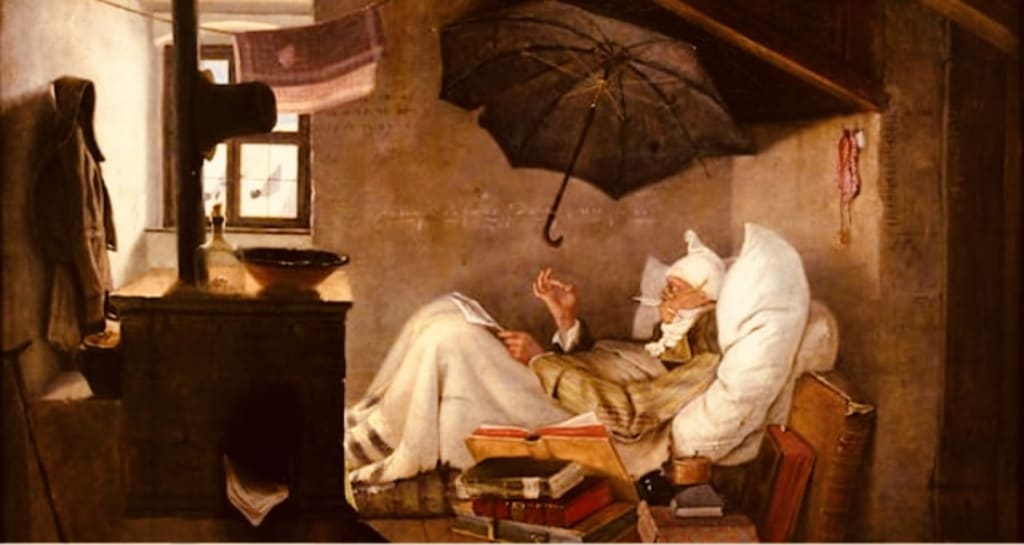
The term Biedermeier appeared first in literary circles in the form of a pseudonym, Gottlieb Biedermaier, used by the country doctor Adolf Kussmaul and lawyer Ludwig Eichrodt in poems that the duo had published in the Munich satirical weekly Fliegende Blätter in 1850.
Due to the strict control of publication and official censorship, Biedermeier writers primarily concerned themselves with non-political subjects, like historical fiction and country life. Political discussion was usually confined to the home, in the presence of close friends
The Biedermeier period was an era in Central Europe between 1815 and 1848 during which the middle classes grew in number and the arts began to appeal to their sensibilities. The period began with the end of the Napoleonic Wars in 1815 and ended with the onset of the Revolutions of 1848.
The term derives from the fictional mediocre poet Gottlieb Biedermaier, who featured in the Munich magazine Fliegende Blätter (Flying Leaves). It is used mostly to denote the unchallenging artistic styles that flourished in the fields of literature, music, the visual arts and interior design. Biedermeier has influenced later styles. (Wiki).
The Biedermeier style was used to display the conflict between ideals and reality, as human life was grey and gloomy, reaching a state of coziness ease and friendliness. Middle class life that was associated with Biedermeier included affection, sensibility, moderation, and modesty.
When one refers to the Biedermeier period, it transcends art, does not refer to the era as a whole, but to a particular mood and set of trends that grew out of the unique underpinnings of the time in Central Europe. There were two driving forces for the development of the period. One was the growing urbanization and industrialization leading to a new urban middle class, which created a new kind of audience for the arts. The other was the political stability prevalent under Klemens von Metternich following the end of he Napoleonic wars and the Congress of Vienna.
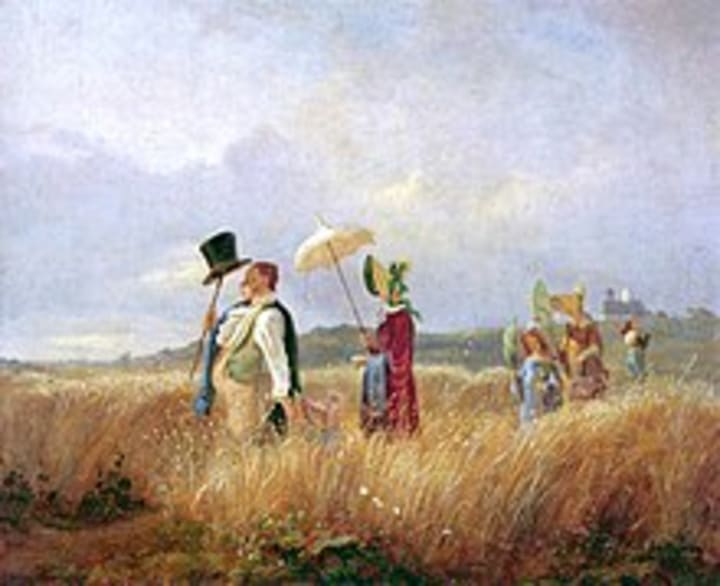
The main effect of the movement was for artists and society in general to concentrate on the domestic and, at least in public, the non-political. Writers, painters, and musicians began to stay in safer territory, and the emphasis on home life for the growing middle class meant a blossoming of furniture design and interior decorating.


Below is the Interior design for Emperor Francis I of Austria in his study at the Hofburg palace. The interior is in the Biedermeier style. The Concert of Europe, ensured by the Austrian chancellor and foreign minister Klemens von Metternich, enabled the period of peace in which Biedermeier sensibilities developed.
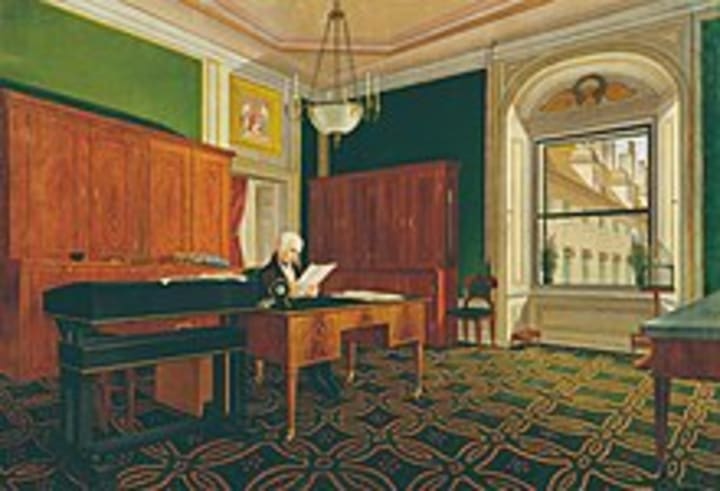
Family values
"Biedermeier family values reflected the bourgeois consensus and the housewife was responsible for furnishing and choosing the appropriate design. Middle class women were held responsible for family cohesion and children had to be socialized within the family".
Typical Biedermeier poets are Annette von Droste-Hülshoff, Friedrich Halm, Adelbert von Chamisso, Eduard Mörike, and Wilhelm Müller, the last three of whom have well-known musical settings by Robert Schumann, Hugo Wolf and Franz Schubert respectively. Adalbert Stifter was a novelist and short story writer whose work also reflected the concerns of the Biedermeier movement, particularly with his novel Der Nachsommer. As historian Carl Emil Schorske put it, "To illustrate and propagate his concept of Bildung, compounded of Benedictine world piety, German humanism, and Biedermeier conventionality, Stifter gave to the world his novel Der Nachsommer".
Jeremias Gotthelf published The Black Spider in 1842 as an allegorical work that uses Gothic themes. It is Gotthelf's best known work. At first little noticed, the story is now considered by many critics to be among the masterworks of Biedermeier era and sensibility.
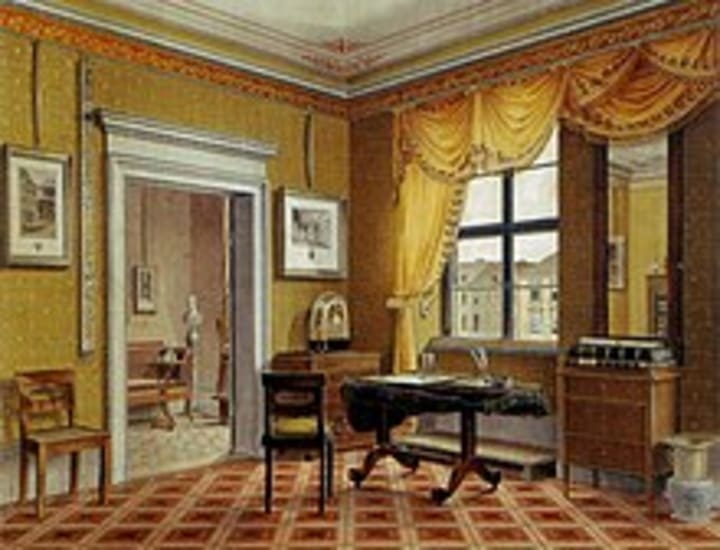
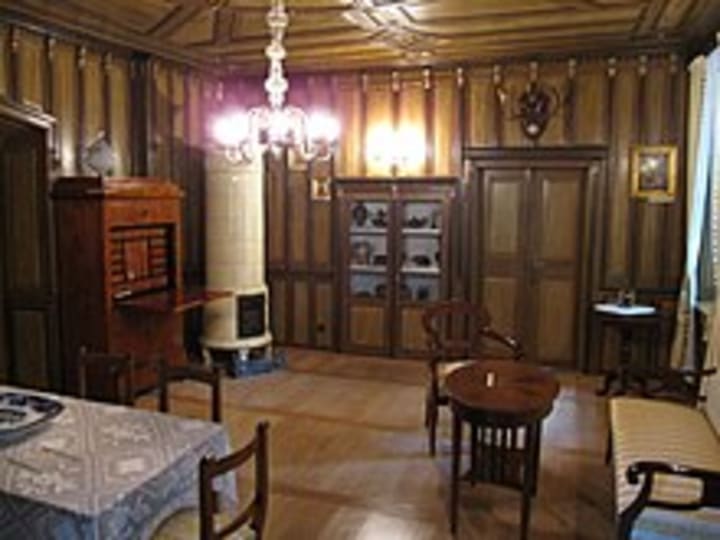
................................................................................................................
Excerpts from Wikipedia.
About the Creator
Novel Allen
Clouds come floating into my life, no longer to carry rain or usher storm, but to add color to my sunset sky. ~~ Rabindranath Tagore~~
Enjoyed the story? Support the Creator.
Subscribe for free to receive all their stories in your feed. You could also pledge your support or give them a one-off tip, letting them know you appreciate their work.






Comments (5)
Great breakdown of the movement. I love learning about art. Thank you.
Nice little review of a movement of which I had never heard of before, in spite of the fact that virtually everything about me is gray, blase & mundane.
Never really understood this type of art
Oooo, The Black Spider seems like a very intriguing book! Thank you so much for sharing this, it was a very fascinating read!
Very interesting historical piece. A doctor-lawyer duo discussing dailys in satire. In the medical field, there is a certain type of respiratory pattern termed, "Kussmaul" breathing. He was the same doctor who coined the pattern: https://www.ncbi.nlm.nih.gov/pmc/articles/PMC2757428/